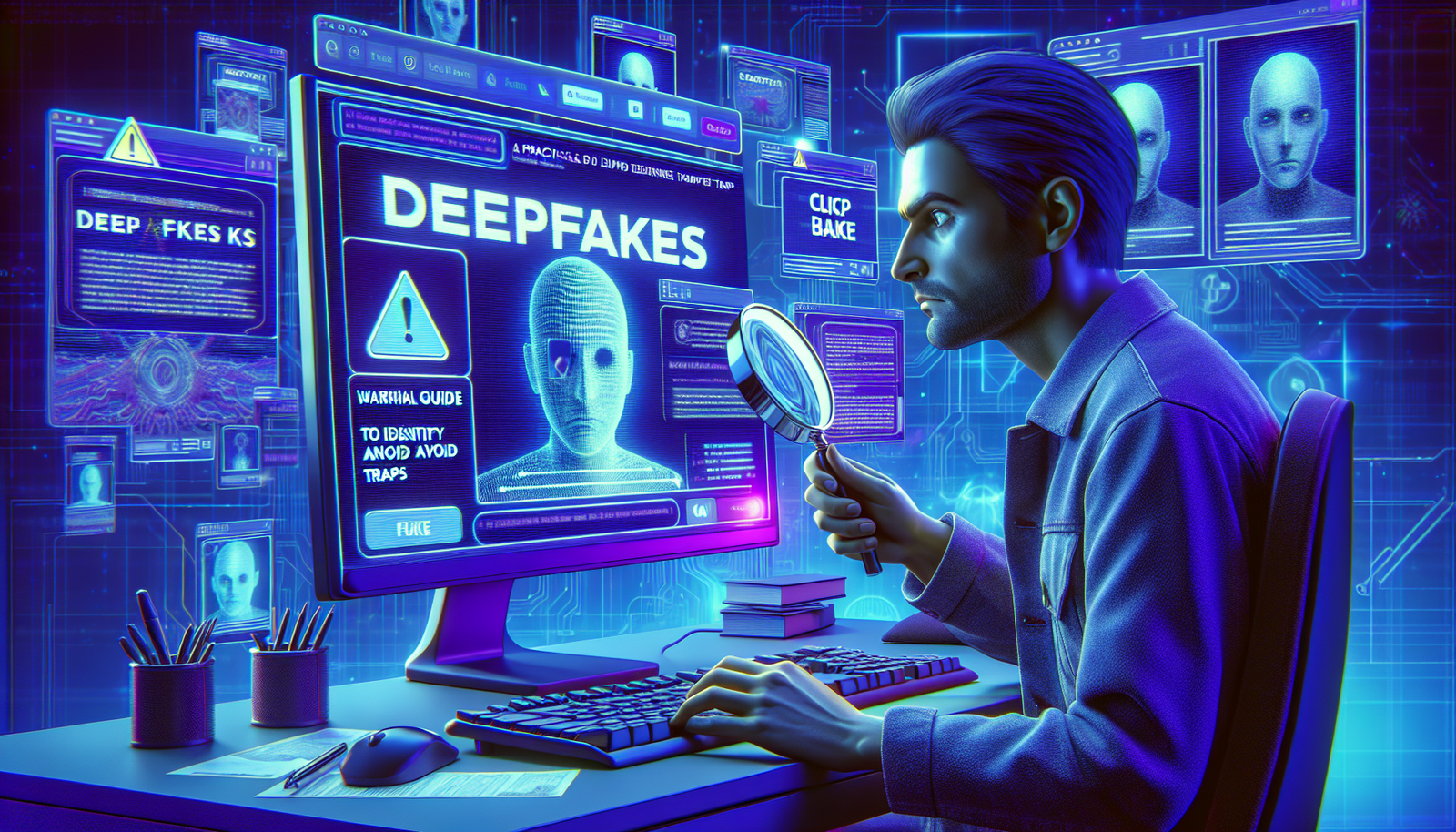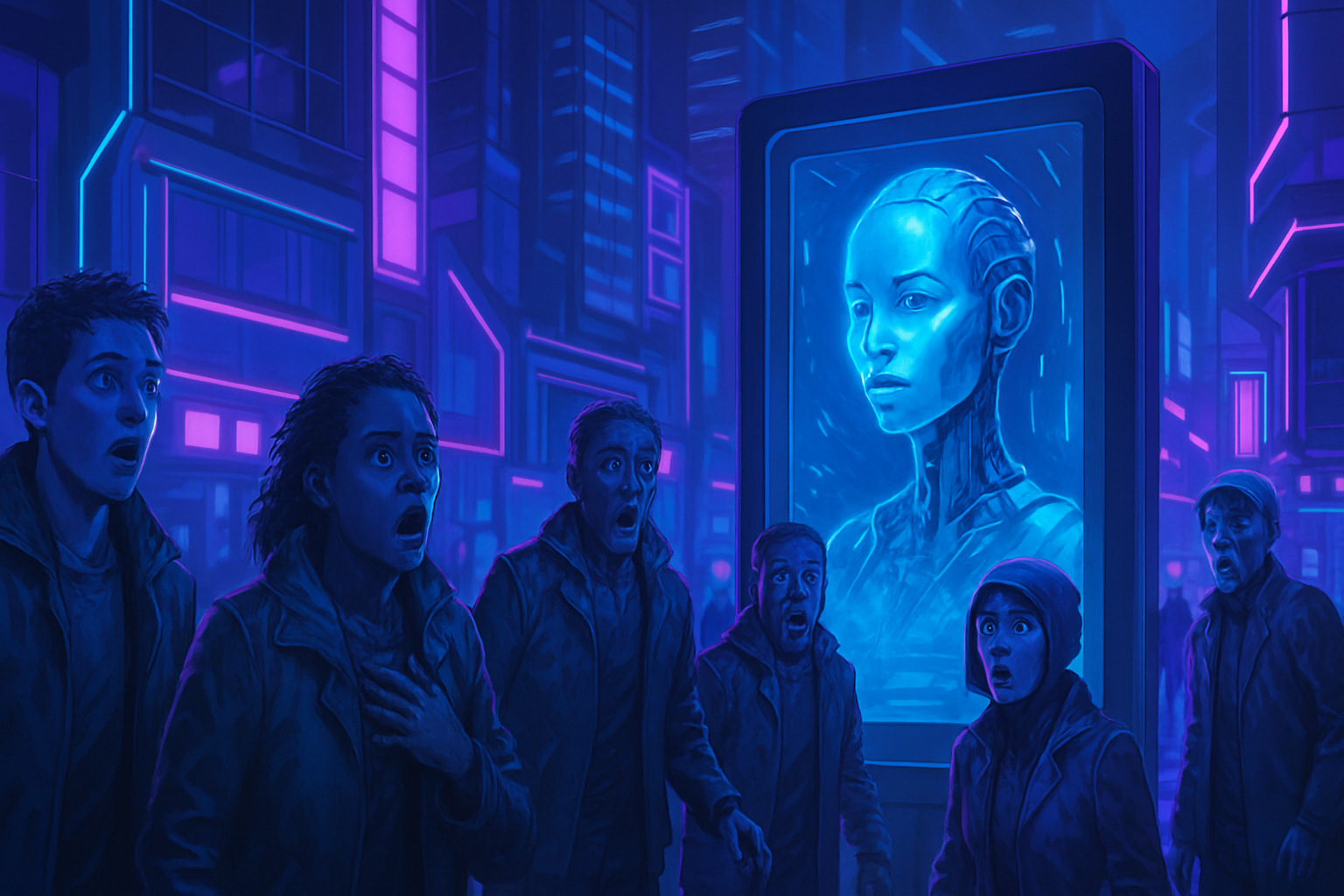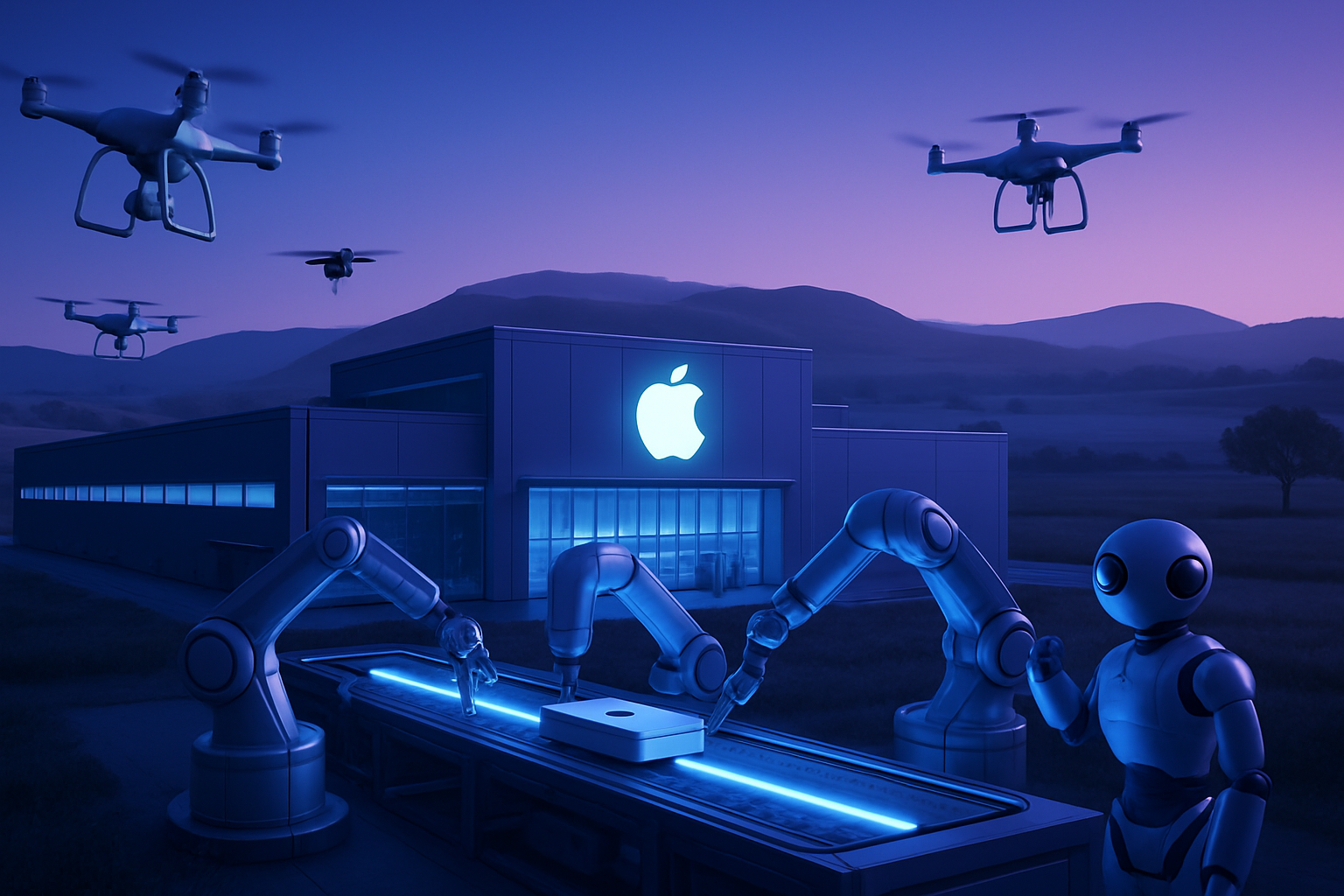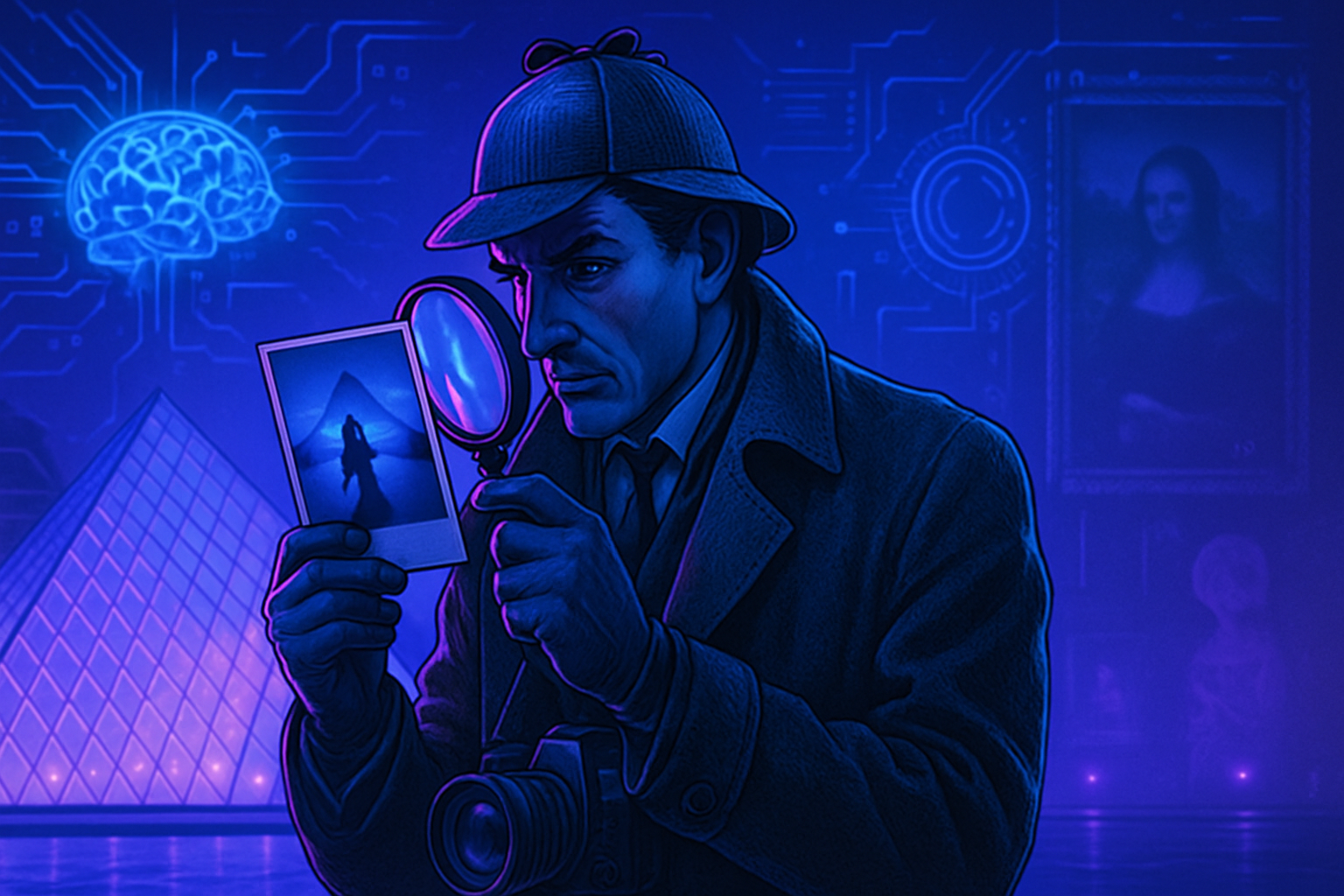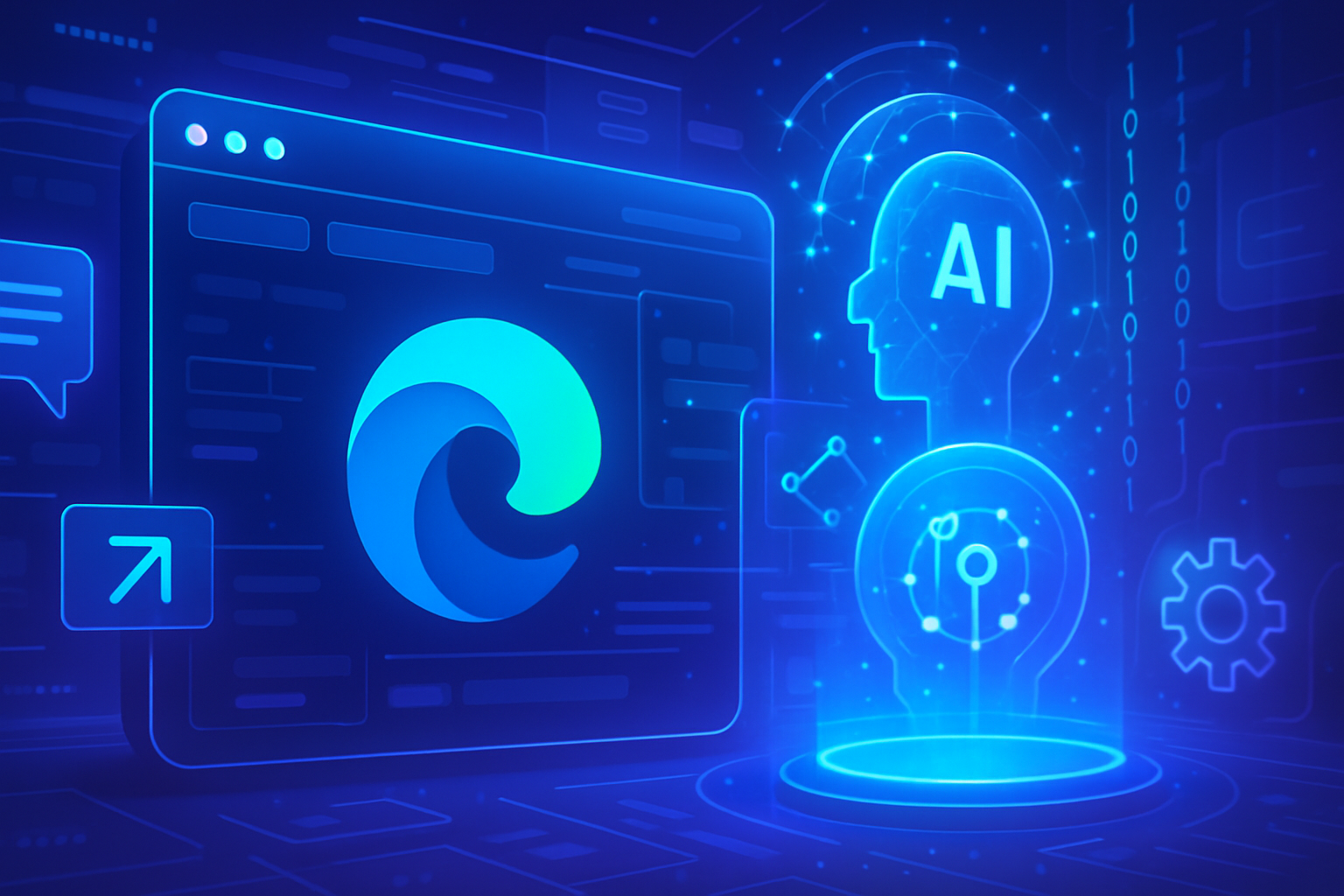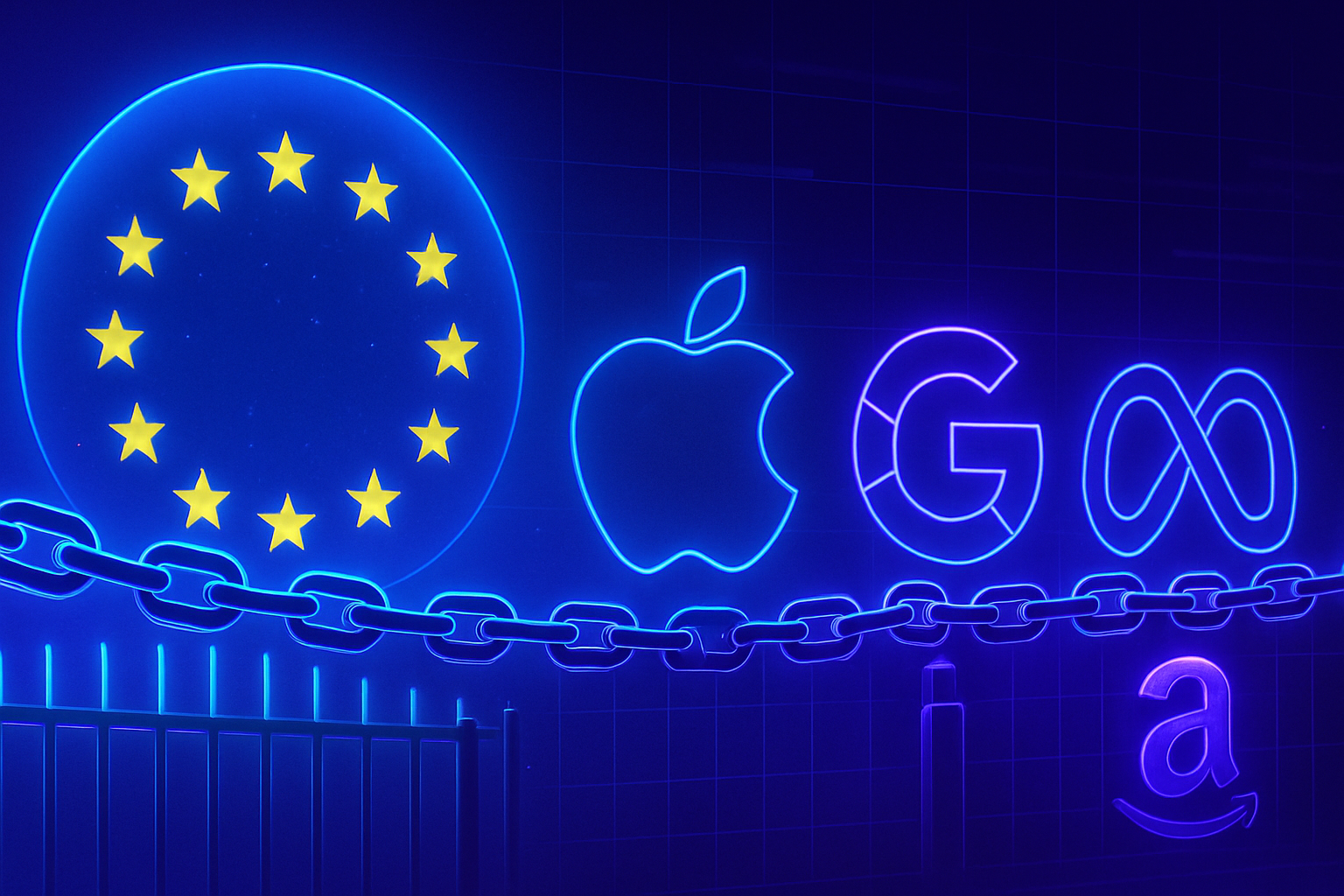Deepfakes, these digital creations shaped by artificial intelligence, raise growing concerns. The illusion of authenticity they provide allows wrongdoers to disseminate misinformation and manipulate public opinion. No sector, from politics to business, escapes this insidious threat. Identification and prevention become imperative for anyone wishing to navigate safely in this troubled universe. Educating the public on detection methods proves to be an urgent necessity. Vigilance stands as a bulwark against this new form of fraud, where the image turns against its very essence.
Understanding Deepfakes
Deepfakes refer to manipulated digital content created using artificial intelligence algorithms. These technologies transform videos and audios by convincingly mimicking real people. Their use has multiplied, causing notable concerns regarding fraud and manipulation.
A recent incident involving a fake Brad Pitt who scammed over 800,000 euros from a French victim illustrates this. These processes harm not only individuals but also companies, making detection as essential as it is urgent.
Risks Associated with Deepfakes
The threat of deepfakes is intensifying. A recent international study indicates that 33% of participants have already fallen victim to scams based on this technology. Deepfakes are often used in targeted attacks aimed at obtaining personal or financial information.
The report also highlights that 60% of individuals now question the truthfulness of online news more often than before. However, this skepticism is not reflected in the business sector, where only 30% of executives consider cybersecurity their top priority.
Detection Strategies
Learning to identify deepfakes is a valuable skill. Several signs can help detect these deceptive contents. A key aspect lies in being vigilant about requests for content that seem too extraordinary. Blind faith in sensational information increases the risks of manipulation.
Source Verification
Caution is necessary regarding requests that seem out of context. Scams using deepfakes often manifest as inappropriate requests addressed to employees. Confirming the legitimacy of requests with superiors reduces the risk of hasty action.
Media Analysis
A close examination of media can reveal anomalies. Discrepancies in lip movement, abnormal vocal synchronization, or inconsistent shadows are valuable indicators. These details may also include strange facial expressions or inconsistencies in lighting.
Prevention within Companies
Companies must adopt proactive measures against deepfakes. Implementing security tests and specialized training is essential to prevent abuses. Strengthening detection systems helps stay ahead of cybercriminals.
Only a quarter of companies currently integrate strategies to ensure safe use of generative AI. This lack of education and preparation exposes many organizations to frequent risks.
Education and Awareness
Improving collective knowledge about deepfakes is imperative. Keeping up with news and trends related to these technologies allows for better anticipation of threats. Awareness can play a major preventive role in combating these dangers.
Social media platforms and digital media should implement clear methodologies that enable users to identify potentially falsified content. Creating metadata or watermarks to mark synthetic content also proves effective.
The evolution of deepfake technologies imposes heightened vigilance on both companies and individuals. Measures aimed at educating the public are crucial. Implementing stringent cybersecurity policies must be a priority for all organizations in the face of this growing threat.
Frequently Asked Questions
What is a deepfake?
A deepfake is a digital content, typically a video or audio, that has been manipulated using artificial intelligence to create a fake that appears authentic. This can include swapped faces or synthesized voices to deceive viewers.
How can I identify a deepfake?
To identify a deepfake, it is important to look for signs of anomalies such as inconsistent mouth movements, inappropriate facial expressions, or inconsistencies in lighting and shadows. Additionally, verifying the sources and context of the content can help detect manipulation.
What are the main protective methods against deepfakes?
The main protective methods include raising awareness on the issue, verifying information sources, implementing cybersecurity policies, and using deepfake detection tools in companies.
Can deepfakes be used for legal purposes?
Yes, deepfakes can be used for legal purposes, such as in the artistic field or in film productions. However, their use for malicious purposes, such as fraud or misinformation, raises serious ethical and legal concerns.
What are the risks associated with using deepfakes?
Risks include misinformation, online harassment, fraud, and manipulation of public opinions. Deepfakes can also cause damage to the reputation of individuals or companies.
Can technology really detect deepfakes?
Yes, several technological tools are designed to detect deepfakes by analyzing subtle features in videos or audios that would escape the human eye. However, these technologies must continually evolve to keep pace with advancements in deepfake techniques.
How can companies train their employees about deepfakes?
Companies can organize workshops, seminars, or awareness programs to educate their employees about the dangers of deepfakes and best practices for identifying and protecting against them.
Can deepfakes have legal consequences?
Yes, using deepfakes for criminal purposes, such as defamation or fraud, can lead to legal consequences. Additionally, creating unauthorized deepfakes of someone can violate privacy rights.
